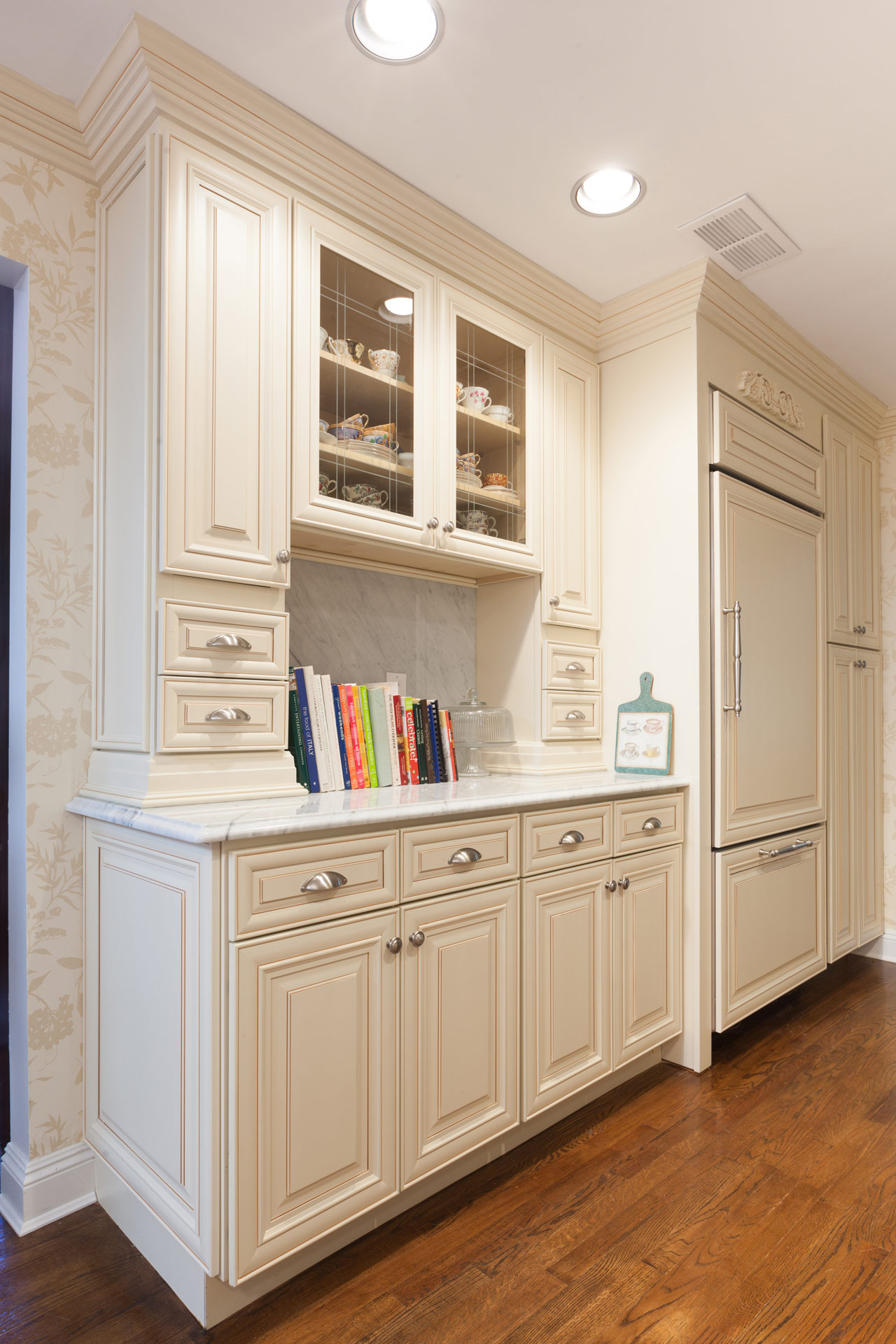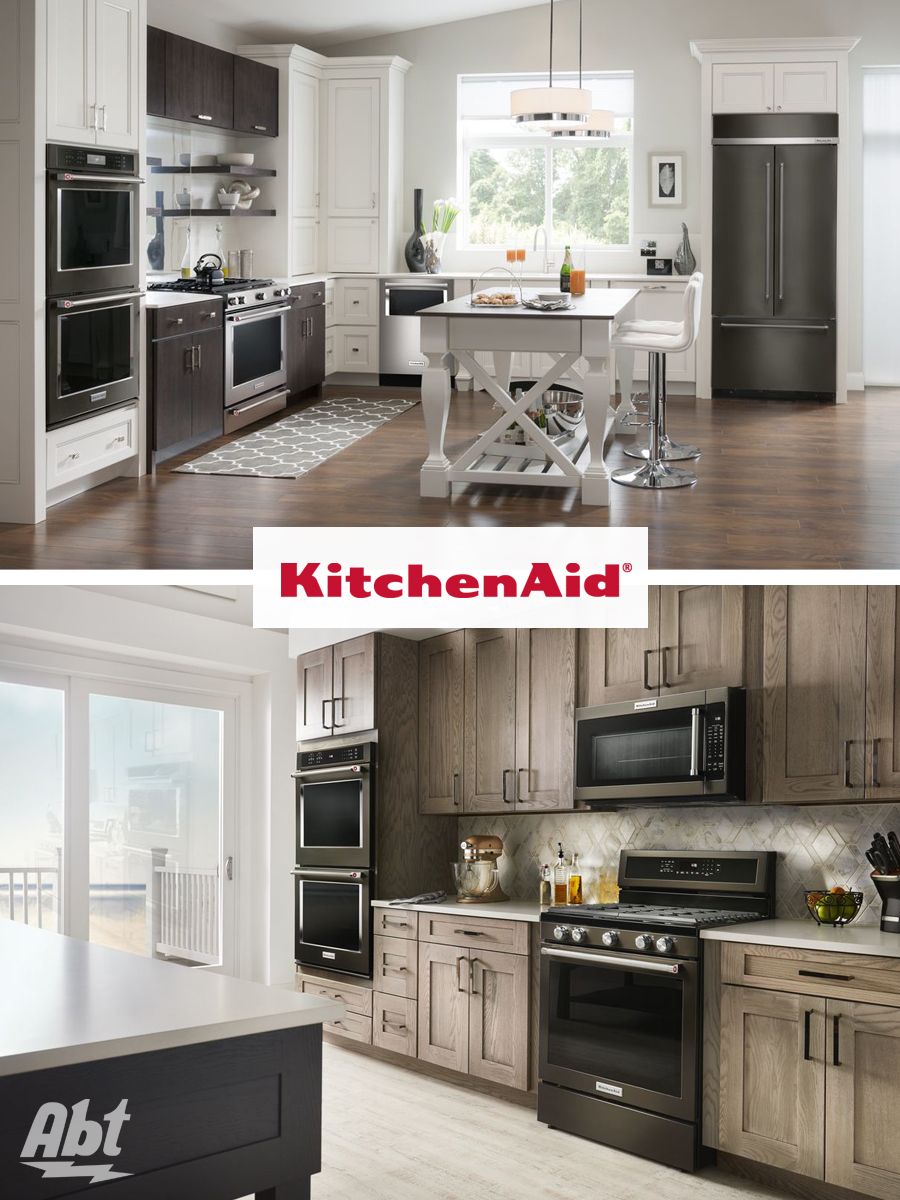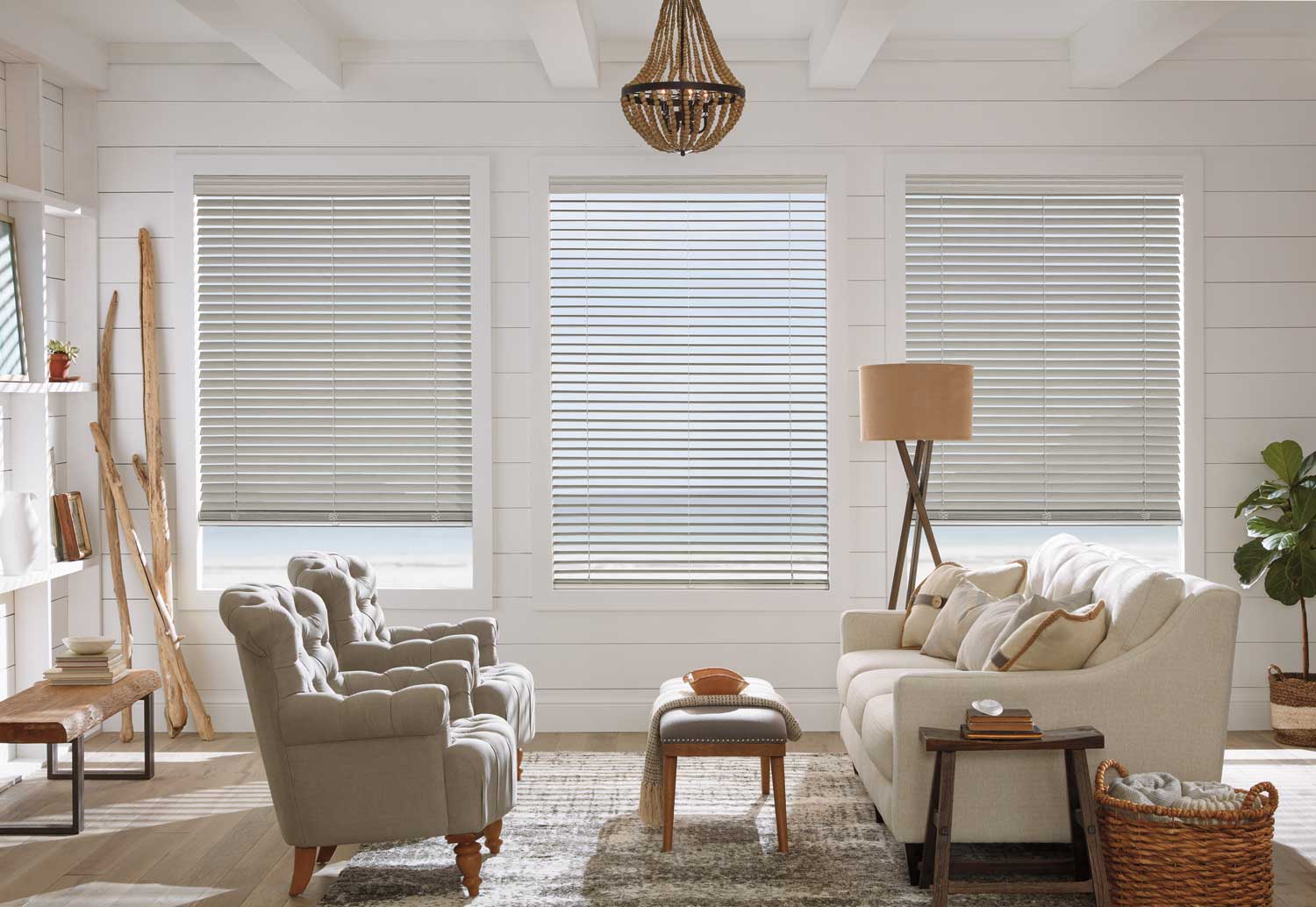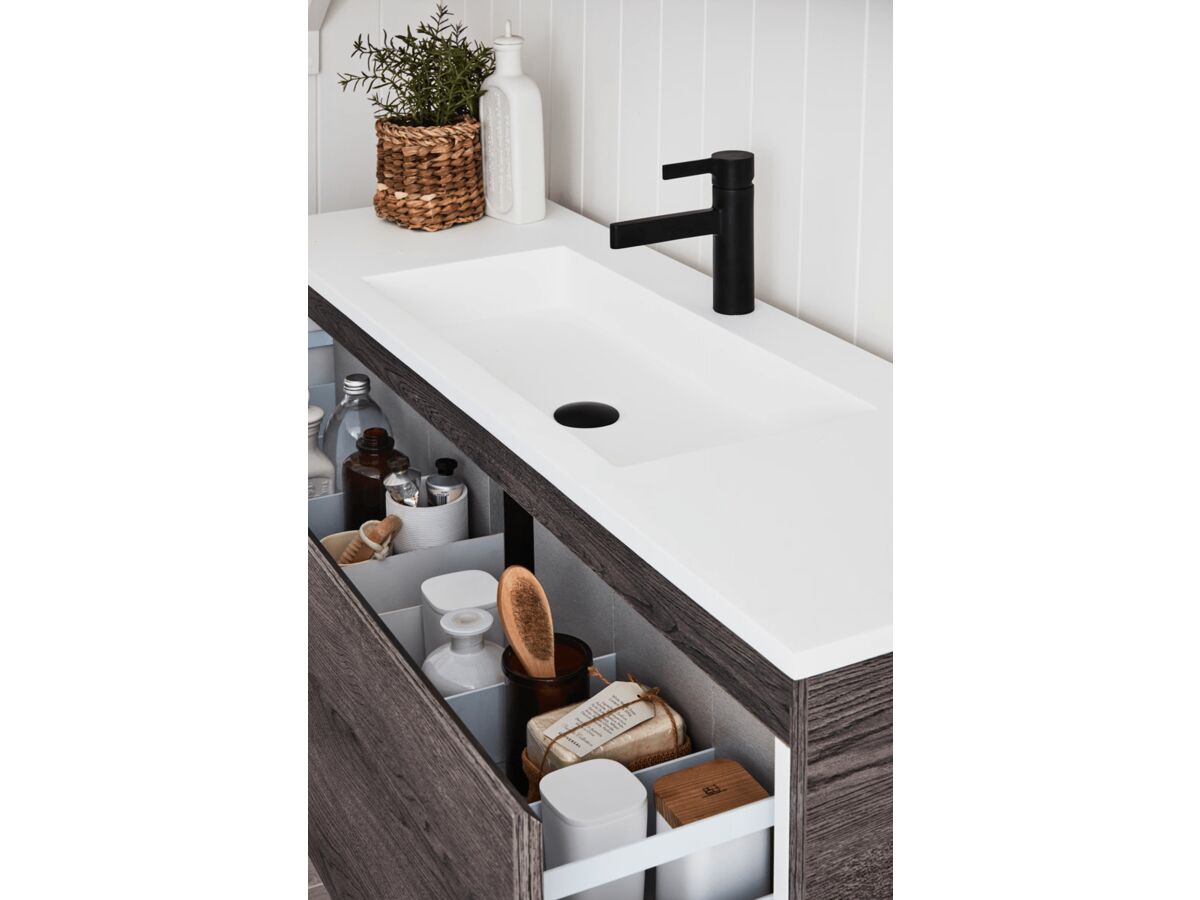Designing a kitchen that’s both stylish and functional can be a challenge. Apart from the aesthetics, the main factor to keep in mind when creating the perfect kitchen is the layout. Fortunately, there are many options to choose from, including the classic galley, L-shaped or U-shaped layouts. These all offer slightly different benefits, with the U-shape maximizing storage and accessibility. It’s important not to forget the important components of the kitchen, such as refrigerators and dishwashers, when considering the layout.Choosing the Right Kitchen Layout
Kitchen positioning is an important factor to consider when designing a kitchen. Windows and views can be an important element and can have an effect on the amount of natural light available. When deciding what direction the kitchen is facing, consider how the sunlight will land throughout the day when planning where to align cabinets, countertops and appliances. Other factors, such as airflow and ventilation, should also be taken into account.Kitchen Positioning
The materials and colours used for kitchen cabinetry can make a huge difference when planning the perfect kitchen design. From sleek and modern styles made from stainless steel and glass, to warm and inviting wooden finishes, there are plenty of designs to choose from. Narrowing down the style, colour and finish is an important part of designing a kitchen, and it’s worth taking the time to visualise each design in the space.Kitchen Cabinetry
The appliances chosen for the kitchen can have a huge impact on the overall aesthetic. Although it’s often best to opt for an integrated approach, whereby the appliances fit into the design without looking obtrusive, it’s worth considering which appliances are essential to the overall design. Factors such as energy efficiency, noise levels and size should be taken into account when selecting the best appliances.Appliance Selection
Finding a colour scheme that stands the test of time is an important part of kitchen design. Neutral tones can create a timeless look while warm or bold colours can provide depth and contrast. Regardless of the colours chosen, kitchen design must be balanced with foundational elements, such as countertops, flooring and cabinetry, to create an overarching look. Colour Scheme in Kitchen Design
From traditional to modern, kitchen wall decorations can transform a kitchen and add a unique character. Backsplashes, wallpaper and faux-finishes are all popular wall decorations that not only add aesthetic to the kitchen, but functionality too. For a classic touch, add detailed tiling around the range, sink or another essential part of the kitchen. This can also create the illusion of more space.Kitchen Wall Decoration
Lighting and furniture can help enhance a kitchen design and create an inviting atmosphere. Bulky furniture can act as a design feature, while small pieces can be used to separate different spaces like dining sections. Lighting should accent the overall design, so it’s important to focus on the task lighting. Placing fixtures in the right locations can make the kitchen look larger.Furnishing and Lighting
Having the right equipment and tools in the kitchen is essential. From cutlery to appliances, the accessories should fit the kitchen design and appeal to personal preferences. There are so many options to choose from, from vintage designs to modern, high-tech inventions. Essentials such as knife sets, cookware and utensils will make or break the design, so it’s important to take the time to select the right accessories.Kitchen Equipment Selection
Kitchen design should also consider the variety of materials needed, such as countertops, flooring and wall cladding. Every material provides a unique set of benefits, such as durability, durability, sustainability and maintenance requirements. Different kitchen designs pair better with particular materials, so it’s important to take the time to explore each of the options in-depth.Kitchen Material Selection
Creating a sustainable kitchen that uses resources responsibly is becoming increasingly popular. Factors such as energy efficiency, low-impact materials and the use of natural light are important considerations when designing a kitchen. It is also important to select kitchen products and materials that have been ethically sourced.Sustainable Kitchen Design
When creating PRIMARY_kitchen designs, it’s important to keep in mind the main components such as layout, positioning, cabinetry, appliances, colour scheme, wall decoration, furnishings and lighting, kitchen equipment and material selection, as well as sustainability. From traditional to modern PRIMARY_kitchen designs, each kitchen needs to be carefully planned to suit the specific requirements of the space and the personality of the user.PRIMARY_In Kitchen Design
Discover the Benefits of Optimized Kitchen Design
 Every kitchen should be tailored to the needs of the people that live there, and a kitchen designed to suit the individual is the best way to ensure that you get the most out of your space. Kitchen design can make the kitchen the perfect spot for many activities, whether you’re drinking your morning coffee, entertaining friends or preparing dinner.
Every kitchen should be tailored to the needs of the people that live there, and a kitchen designed to suit the individual is the best way to ensure that you get the most out of your space. Kitchen design can make the kitchen the perfect spot for many activities, whether you’re drinking your morning coffee, entertaining friends or preparing dinner.
Functionality
 A well-thought-out kitchen design will make sure that there is an efficient use of space, from storage and counter space to the layout of appliances. Designing a kitchen with the right features will ensure that cooking and preparing meals is a pleasure for many years to come. Smart solutions such as pull-out pantries, integrated appliances and ample useful storage space can all be part of a successful kitchen design.
A well-thought-out kitchen design will make sure that there is an efficient use of space, from storage and counter space to the layout of appliances. Designing a kitchen with the right features will ensure that cooking and preparing meals is a pleasure for many years to come. Smart solutions such as pull-out pantries, integrated appliances and ample useful storage space can all be part of a successful kitchen design.
Flexibility
 Having the
flexibility
to adapt your kitchen design to changing needs is essential. Extending countertops, open shelves, and seating arrangements can help you accommodate guests during special occasions while still leaving plenty of space for the regular day-to-day activities. Countertops that are adjustable, multifunctional, or with curved shapes can also help boost efficiency and provide creative storage solutions.
Having the
flexibility
to adapt your kitchen design to changing needs is essential. Extending countertops, open shelves, and seating arrangements can help you accommodate guests during special occasions while still leaving plenty of space for the regular day-to-day activities. Countertops that are adjustable, multifunctional, or with curved shapes can also help boost efficiency and provide creative storage solutions.
Aesthetic Appeal
 It’s essential that people feel comfortable and
at home
in the kitchen. The overall aesthetic is a reflection of the homeowner’s style and preferences and can be achieved through different combinations of furniture, materials, textures and colors. A great kitchen design should bring all of these elements together in harmony and style. The use of natural materials such as marble and wood can enhance the feeling of sophistication, while lighting pieces and fixtures provide an elegant and warm ambiance.
It’s essential that people feel comfortable and
at home
in the kitchen. The overall aesthetic is a reflection of the homeowner’s style and preferences and can be achieved through different combinations of furniture, materials, textures and colors. A great kitchen design should bring all of these elements together in harmony and style. The use of natural materials such as marble and wood can enhance the feeling of sophistication, while lighting pieces and fixtures provide an elegant and warm ambiance.

















































































































